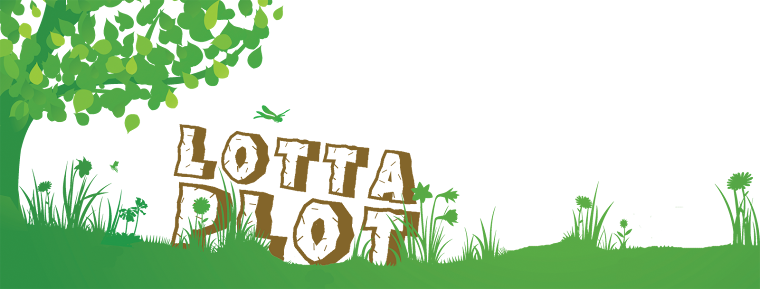The Stoke-on-Trent artist and writer Arthur Berry (1925-1994) has one poem about allotments in his out-of-print (and now nearly unobtainable) collection
Dandelions (1993):
LANKY FRED
He always said "you're a long time dead"
Did lanky Fred
When he was alive, in his life
After he had buried his wife
And the air was thick
With summer dust and cobwebs
And the heavy bodied bees
Staggered from the dahlias
To the sweet peas
When the dog rose grew in
The hawthorn hedge
And there were
Wild fox gloves
At the back of the well.
When the pig styes
In the next allotment
Began to smell
And thick stems of dandelions
Grew between the sunken bricks
Of his garden path
Lanky Fred would sit in his little shed
And spit outside on the path
His mouth black from chewing twist
His dry skinned hands had
Blue birds tattooed on the wrists
And his cord trousers were held up
By braces and a brass buckled belt
If Fred spoke honest
About what he felt
He’d never been better off in his life
Since he'd buried
His clean hard working wife
And now he was free as you might say
To do as he pleased
And have his own way
To spend all his pension on twist and drink
And be damned to what
The neighbours think
When his poor wife was alive
They had to make ends meet
By selling tomatoes,
Rhubarb and mint
And Fred was very often skint
Him and his little stiff tailed dog
Were often as dry
As a lime-burner's clog.
Notes:
* "styes" is the old spelling, used in the 19th century.
* "fox gloves" is the old way of presenting the word 'foxgloves'.
* "twist" was a chewing tobacco made from leaves that were flavored and then twisted to resemble a rope.
* "Lime Burner's Clog" was a northern English nickname given to those Victorians who advocated total abstinence from alcohol. Victorian limeburners were freelancers who voluntarily worked with intense heat and their clothes were often scorched and charred. It apparently used to be common practice in the British Isles for all allotment holders to regularly 'lime' their plots in the Spring, if the plot needed it or not.
Berry's autobiography
Three and Sevenpence Halfpenny Man is currently easier to get hold of than
Dandelions. The book takes the reader from his working class childhood at the north end of the Potteries amid the Great Depression of the 1930s; through his discovery of art and life at the Burslem School of Art and the many seedy grotesqueries of pub life in Burslem during the Second World War; down south to London's bohemian scene where Berry was an art student amid the social changes of the 1950s; then back up to Stoke-on-Trent as an art teacher - increasingly appalled and depressed by the new socialist hatred for figurative art (one of his poems opens with: "I'm no radical, no lefty") and by the yobbishness unleashed by Labour's 'permissive society'.















































